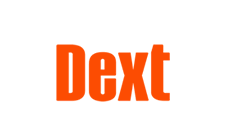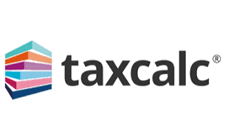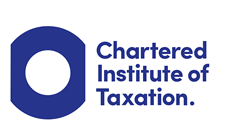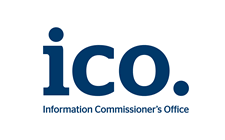Group companies - juggling the AIA
Two of the companies in your corporate group have spent large sums on pre-owned equipment. You need to work out if the expenditure exceeds the annual investment allowance (AIA). As each group company has a different financial year, how’s it done?

AIA and full expensing
As you probably know, the annual investment allowance (AIA) allows businesses to claim tax relief for the cost of equipment (plant and machinery (P&M)) for the accounting period in which it buys it. The “full expensing” allowance works in a similar way but can only be claimed for the purchase of new and unused P&M, whereas the AIA can apply to pre-owned P&M. In this article we’re only looking at purchases which don’t qualify for full expensing.
Maximum AIA
The AIA can be claimed for expenditure of up to £1 million. But if two or more companies are related, in the same group or in related groups, they must share a single AIA. Groups of companies are related if they either operate from the same premises or have very similar trades and are controlled by the same persons. Companies are part of a group if one owns or controls more than 50% of the ordinary share capital of the other.
Example - group companies. Acom Ltd owns all the shares in Bcom Ltd and Ccom Ltd. Therefore, Acom, Bcom and Ccom are related group companies and must share the AIA maximum and allocate it between them.
Example - related companies. Benny owns 75% of Rcom Ltd, 60% of Scom Ltd, and 100% of Tcom Ltd. All three companies operate from the same premises and so are related. They are only allowed a single AIA between them.
Related companies can allocate their shared AIA any way they want. This can affect the amount of corporation tax (CT) relief they get. For example, Acom and Bcom both have financial years ending on 31 December. In the year to 31 December 2024 Acom spends £600,000 on P&M, while Bcom spends £500,000. Not all the expenditure can qualify for the AIA as it exceeds the £1 million by £100,000. One of the companies must restrict their AIA claim by that amount. If one company pays CT at a lower rate than the other, it should be that company which restricts its claim.
Unaligned financial periods
The calculations get trickier where the related companies have different accounting dates. If their CT accounting periods overlap they inevitably span two financial years, meaning that the AIA to be allocated is for two years, i.e. a total of £2 million. If one of the company’s CT periods is shorter than a year, its AIA entitlement is pro rata.
Example. Acom, Bcom and Ccom’s accounting years end on 30 June 2025, 31 July 2025 and 31 March 2026 respectively. The start of the earliest CT period is 1 July 2024 (2024 financial year) and the end of the last is 31 March 2026 (2025 financial year), i.e. two financial years so £2m AIA is allowed. If Acom’s expenditure on P&M is £1.25m, Bcom’s is £400,000 and Ccom’s, £200,000, the total of their expenditure is less than £2m. They can allocate the AIA how they wish. However, none of the companies can claim more than the maximum of £1m. So Acom can’t claim the AIA on £250,000 of the £1.25m it spent on P&M.
Related Topics
-
Simpler Recycling rules take effect
New rules on how workplaces must sort their waste and recycling have taken effect from 31 March. What are the key changes to be aware of?
-
New CGT reporting tool
Self-assessment returns aren’t set up for the change in capital gains tax (CGT) rates on the government filing system and will require a manual adjustment for 2024/25 to ensure the correct amount is paid. Why is there a problem and can a new online tool help?
-
MONTHLY FOCUS: THE ENTERPRISE INVESTMENT SCHEME QUALIFYING CONDITIONS
The enterprise investment scheme (EIS) is a generous collection of tax reliefs aimed at encouraging private investment into relatively young companies. In this Focus, we look at the qualifying conditions relating to the investor and the issuing company that must be met in order for a claim for relief to succeed.









 This website uses both its own and third-party cookies to analyze our services and navigation on our website in order to improve its contents (analytical purposes: measure visits and sources of web traffic). The legal basis is the consent of the user, except in the case of basic cookies, which are essential to navigate this website.
This website uses both its own and third-party cookies to analyze our services and navigation on our website in order to improve its contents (analytical purposes: measure visits and sources of web traffic). The legal basis is the consent of the user, except in the case of basic cookies, which are essential to navigate this website.